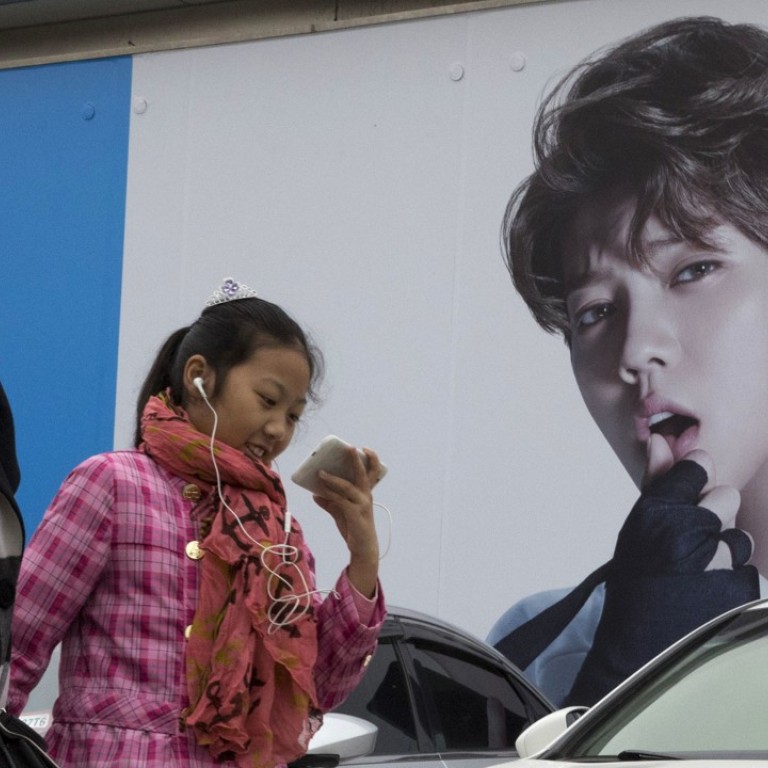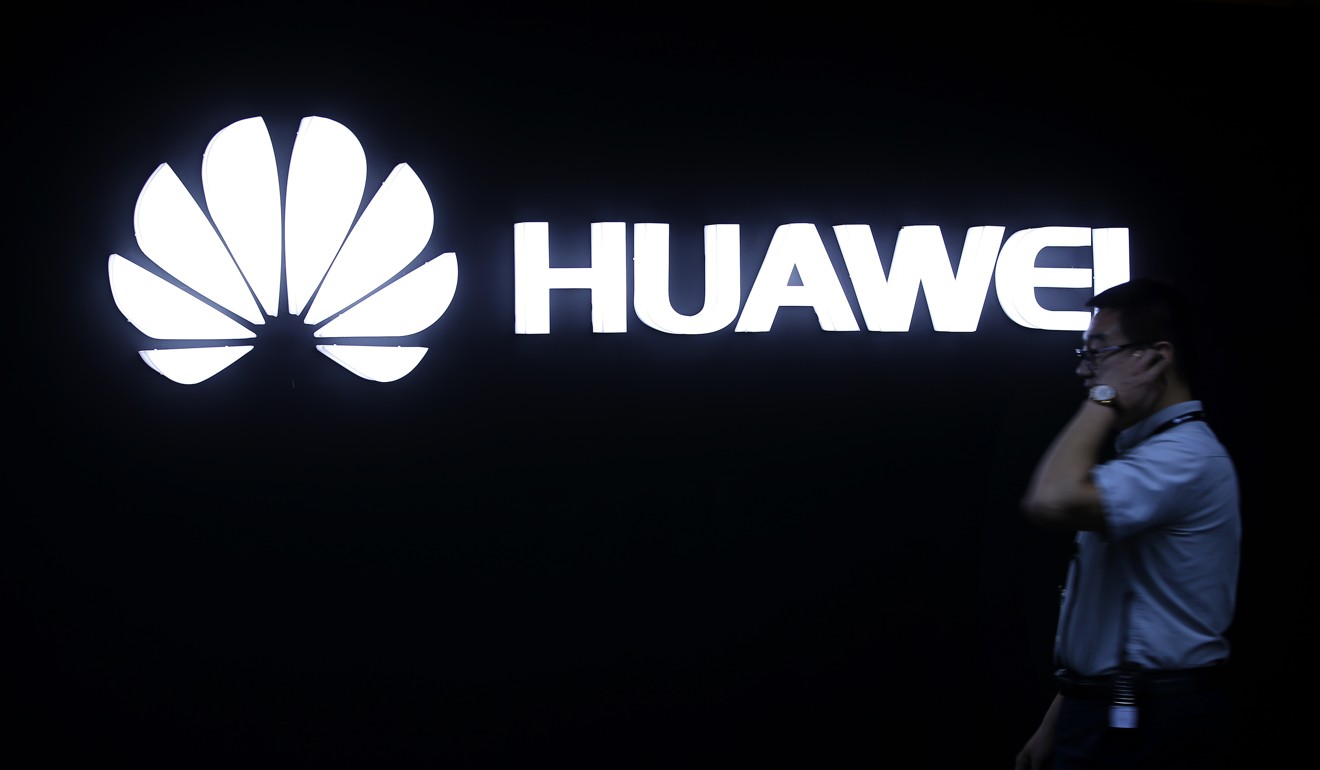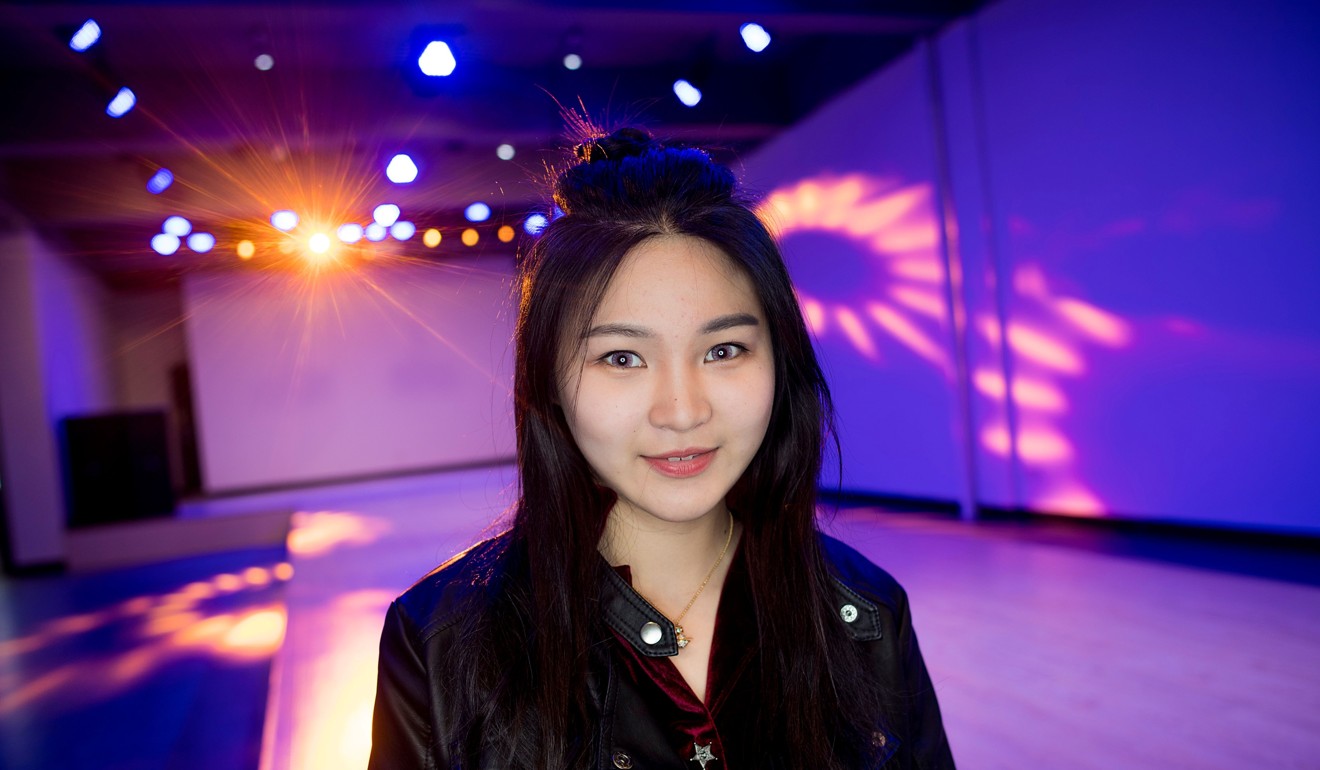
Anarchy in ... China? Wealthy Generation Z prefers domestic brands over foreign names and are more wilful, report says
China’s Post-00s generation is more sophisticated and independent, and increasingly prefers domestic names over foreign brands
China’s teenagers no longer think foreign brands are superior and are increasingly turning to home-grown names amid a perception that they are better quality with an improved user experience, says a new report, turning decades of received wisdom upside down.
More than half of young people born after 2000 in China do not see products and services with a foreign origin as being superior, according to a report released this week on the country’s Post-00s generation. This demographic refers to those born between 2000 and 2010, roughly corresponding with the western concept of Generation Z or post-millennials. The oldest members of this group turn 18 this year.
“My aunt bought me the phone I have, but if it was up to me, I would’ve chosen Huawei,” a private middle school student was cited as saying in the report. “I actually think Huawei is quite good, because our teacher compared Huawei with Apple, and said Huawei was more innovative.”
Support for domestic brands and products is one of the ways this generation can show it cares about the country, and schools today are full of kids with patriotic sentiment, say the report, which was prepared by Chinese social network and gaming giant Tencent Holdings. The report is based on 15,000 questionnaires, an analysis of blogs by 72 teenagers and in-depth interviews with another 24 from the demographic, designed to extract their values and consumption logic.
This is not the first time China’s home-grown names have been lauded though. Brand power, a measure of consumer inclination to choose a brand, for Chinese brands surpassed that of global multinationals in China in 2016, according to a report by British advertising and publicity agency WPP in 2017. Young people outside China also have an increasingly positive view of Chinese brands, with 40 per cent of consumers aged 18 to 35 viewing Chinese brands as creative, according to the WPP report.

However, although Huawei was considered the top Chinese brand it nevertheless ranked only 70th among global brands, according to Interbrand research in 2017.
“What’s interesting about post-millennial consumers is that they’ve inherited a lot of wealth and this makes them more worldly and sophisticated than any Chinese consumer base before,” said Shaun Rein, managing director of China Market Research Group. “We’re starting to see brands designing products with these Post-00s in mind from the beginning, and releasing new products and services specifically for the China market.”
China’s one child policy, which came into effect in the late 1970s and was dropped officially in 2015, makes this generation a unique group, whose parents are the only sons and daughters in their families. Described as an “unprecedentedly realistic” generation, the Post-00s actively ask for resources from their families to develop their own interests, the report said.
About 65 per cent of respondents are prepared to use their family’s money and connections to further their interests and careers. Where families cannot offer sufficient support, this generation will actively reach out to outside sources via the mobile internet.
This generation is willing to pay for the activities they love, with 62 per cent of respondents saying they invest a lot of time and money in their interests. On average, the Post-00s have savings of 1,840 yuan (US$287) per person, three times bigger than the Post-90s who were born between 1900 and 1999. Born to wealthier households, the Post-00s have been blessed with the opportunity to travel since they were young, with the US, Canada and the UK being the most popular destinations.

Generally raised in a more open and equal environment, these teenagers are independent and outspoken, and do not easily succumb to parents and authority figures, the report says. Two in three people from this generation make important decisions independently, and more than half of them feel they have the courage to speak their minds to their elders, says the report.
Around 75 per cent of respondents want to spend more time with their friends, and 66 per cent said they would express a sense of understanding as a first reaction when confronted with a different opinion. Yet they’re likely to act differently according to the audience, and are keen to carefully manage their image on social media.
Rein pointed out that this generation has pushed China’s mobile services ahead of the world. “These younger consumers are quick to adopt mobile services, so social video companies like Kuaishou and Douyin are doing well,” said Rein. “China is two to three years ahead of Silicon Valley when it comes to mobile innovation.”

Kuaishou and Douyin (known as Tik Tok outside China) are two of the increasingly popular short-video and live streaming apps available in China – drawing massive interest from younger users, who like to post videos of themselves singing, dancing and generally larking around.
Around 20 per cent of users on Douyin, which had 32.5 million daily active users in February, are 19 years’ old or younger, according to Jiguang Big Data in March. Each user spends an average of 20 minutes daily on the app, which features 15-second videos. Developed and launched by Beijing-based tech company ByteDance, Douyin hit the top of the Apple App Store’s global non-game download chart for the first quarter of 2018.


